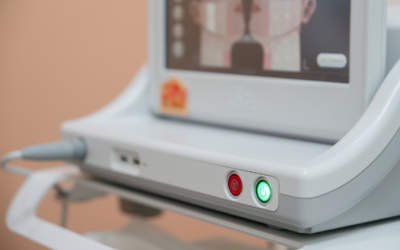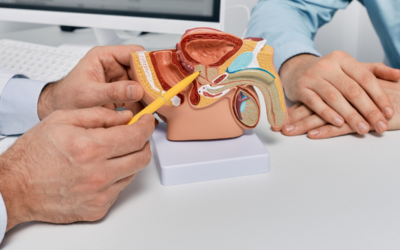

Treatment for prostate in man – how to reduce impotence and urine incontinence?
Prostate conditions, notably benign prostatic hyperplasia (BPH) and prostate cancer, significantly impact men’s health worldwide. Treatment for these conditions may lead to distressing symptoms, including urinary incontinence and impotence, profoundly affecting quality of life. New development of treatments address the primary prostate conditions also minimise these side effects.
Follow us on our WhatsApp Channel for the latest updates: https://bit.ly/AsiaMDWhatsAppEN
Understanding Prostate Conditions
The prostate, a small gland connected to the bladder as part of the male reproductive system, plays a pivotal role in urinary function and sexual health. Conditions affecting the prostate, such as BPH and prostate cancer, can lead to severe symptoms, including slower urination, urine frequency, night-time urination, and a feeling of incomplete voiding.
- Benign Prostatic Hyperplasia (BPH): Characterised by an enlarged prostate with benign growth, BPH can compress the urethra, leading to urinary symptoms.
- Prostate Cancer: The growth of malignant cells within the prostate, which usually do not cause any urinary symptoms during its early stages.
Treating Benign Prostate Enlargement
- UroLift: A minimally invasive procedure that involves the placement of small implants to hold the enlarged prostate away from the urethra. It relieves urinary obstruction without cutting, heating, or removing prostate tissue. This improves urinary flow with a low risk of sexual dysfunction.
- Rezūm Water Vapor Therapy: This treatment uses water vapour (steam) to ablate excess prostate tissue, improving urinary flow. It reduces BPH symptoms while preserving sexual function and requires wearing urinary catheter temporarily after its therapy.
Treating Prostate Cancer
- da Vinci Robotic Prostatectomy: A form of minimally invasive surgery that uses robotic assistance for more precision. It has been associated with a quicker recovery, less pain, and potentially improved rates of urinary control and sexual function post-surgery when compared to traditional open methods.
- Radiotherapy: Techniques such as stereotactic body radiation therapy (SBRT) and intensity-modulated radiation therapy (IMRT) target the prostate more accurately. While effective in treating prostate cancer, patients may experience side effects related to intestinal, rectal, urinary and sexual functions, though advances in technique are improving to reduce these risks.
- High-Intensity Focused Ultrasound (HIFU): Focal therapy for prostate cancer targets cancer cells and spares healthy tissue. A non-invasive therapy that uses focused ultrasound waves to heat and destroy cancer cells in the prostate, HIFU is gaining attention for its potential to treat prostate cancer with fewer side effects.
- Cryotherapy: This involves freezing prostate tissue to kill cancer cells. While less commonly used than other treatments, cryotherapy is an option for men who prefer to reduce the side effects of major radical prostatectomy surgery.
Managing Side Effects
Post-treatment management of impotence and urinary incontinence includes pelvic floor muscle exercises, medications such as phosphodiesterase type 5 inhibitors for erectile dysfunction, and the use of urinary catheters or pads for incontinence. Lifestyle modifications and bladder training can also play a crucial role in recovery.
This article has been fact-checked by Dr Chong Kian Tai, Urologist at Surgi-TEN Specialists, Farrer Park Hospital, Singapore.








0 Comments